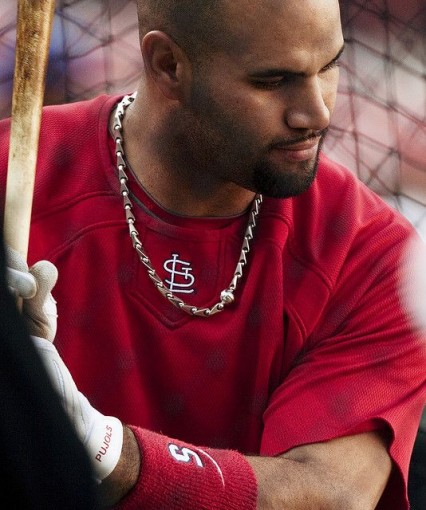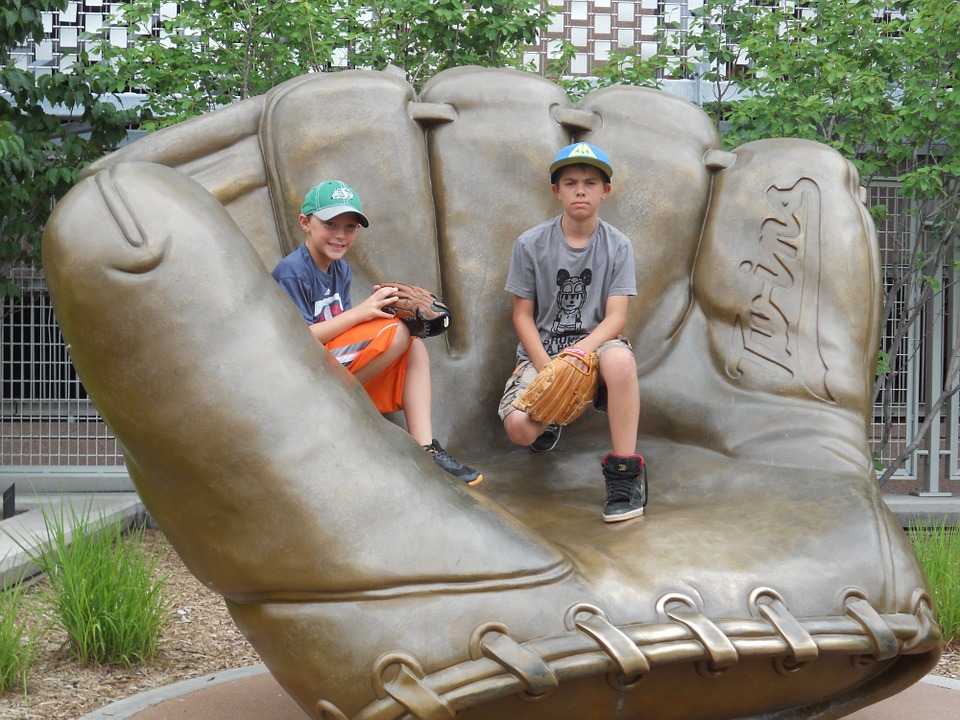Baseball is played all over the country. Different regions have vastly different weather patterns and even at the same time of year. Different teams practice in different conditions and take that training all across the country. So what kind of difference does the weather make on baseball games? I was surprised to learn about exactly how much the weather can change the outcome of a game. All different kinds of weather conditions have all sorts of ripple effects on a game that can change they way you look at the game as a whole. It may even change the way you bet and how you run your fantasy baseball teams.
How Does Weather Affect Baseball?
One of the most obvious ways that weather impacts the game of baseball is rain. Rain can delay or even cancel a game entirely. This kind of weather can push back times, and change the lighting on the field. Timing can be a big issue for some teams, and some players are better at night, and some are better during the day. If a day game gets delayed for hours, it may be a night game unsuspectedly. This can change the dynamics of the teams and the players.
Not every effect the weather has on the game is as dramatic or as obvious as that. Even a sunny bright day can have an impact that is worth taking note of. Baseball is a game that is played through multiple different seasons and players always have to adapt to the changing conditions.
One of the ways that weather can change the game more subtly is the air temperature. Temperature can have an effect on the game, specifically how far the ball will fly. A hit into the outfield with the same power can change with the temperature. In the summer months, a hit of the same power will go quite a bit further that one in the winter. The warmer weather lets the ball carry much further than it would in the cold. A hit that would be a simple pop fly in winter could be an out of the park home run in summer.
Professors in physics have looked at the data and have suggested that can be as much as a 2.5-foot difference in distance in an identical hit for every 10-degree temperature change. This may not seem like a huge difference if you are talking about a small change from day to day, but the temperature can change by 50 degrees over the months of a baseball season. That difference can change a deep field hit to an over the wall home run.
Another effect on the game can be air density. One of the best examples of how air density can change the game is any game that has been played in Denver Colorado. Colorado is a city that is elevated a mile above sea level. This is the highest place that the game is played. The conditions in this city are considerably different than any other city in the United States. Since the city is so elevated, the air density is considerably lower. With the lower air density, balls are likely to fly further and higher than in other stadiums. Many have made this observation in the early season. Hits in Colorado tend to fly high over the fences on a far more regular basis than in any other park. The rest of the league�s parks don’t have nearly as many hits going nearly as far as those hit in Denver. This trait sets it apart from all of the other parks and stadiums.
Denver has tried to even it out, though, by placing their balls in a humidor. The humidor changes the temperature of the ball and reduces their bounce. This makes them a little bit harder to hit as far, which makes up for the conditions of the stadium.
When the park first opened, there was an average of 3.2 home runs per game, compared to the same team in other parks averaging 1.93. This is a massive difference between home and away games. They introduced this humidor to cut down on that average and make it closer to the standard average. The humidor did its job, reducing the at home average of the Denver team to 2.39 and the away average to 1.89. This is not exactly even, but it is significantly closer than it was before. The air density still has a significant effect on games held in Denver, but the team took steps to try to even out the effect and make their averages even out.
The air density and heat can also have an impact on pitching. Some kinds of pitches, such as curveballs and sliders, have a larger break in some conditions. When the air is less dense, these pitches have more of a visible impact and are more dramatic. This means that pitchers that favor these kinds of pitches have a greater advantage in conditions with less air density. Pitchers that love curve balls would have the edge in the winter time, colder locations or playing in Denver. Even in the summertime, when pitches such as these lose a bit of effectiveness, these pitchers can gain some advantage in Denver.
Speaking of the pitcher, heat can also be an issue for these players. When it is warmer out, people tend to sweat a bit more. Pitchers are required to grip the ball with their hands more than most players, and this can make it hard to grab and throw the ball.
The Changing Seasons
Weather does have an impact on baseball. The changes in temperature and air density can change how the ball moves through the air, and how far it will fly. Some fields are in locations that experience different air densities and because of this, they have different physics. These are all things that can change the game.
If you found this interesting or have any questions, please leave it in a comment down below.
Sky.


